Excel now lets you use Python natively for streamlined data analysis
Microsoft hopes the popular programming language could enable better insights across the workforce

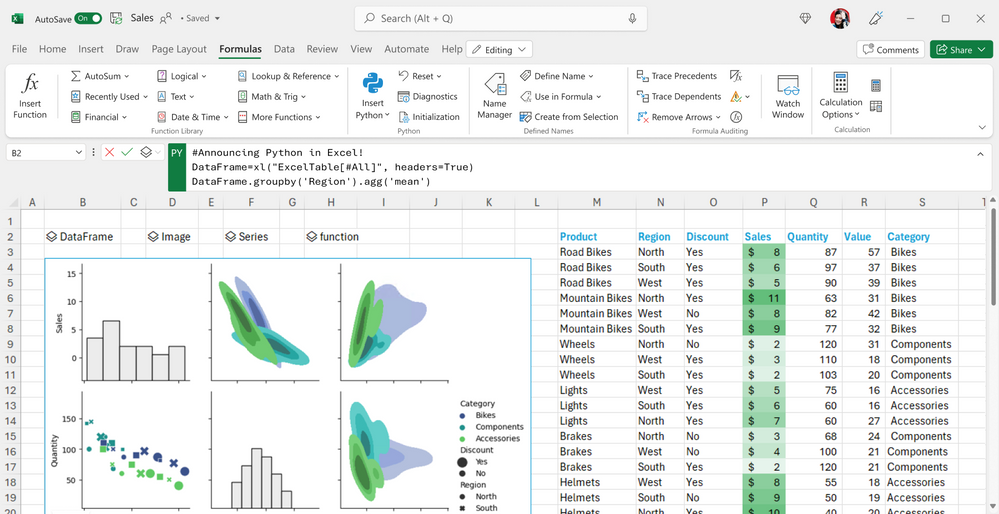
Microsoft has announced new integrations for Python within Excel, with the aim of streamlining data analysis and empowering a wider range of workers.
Once active, users will be able to access the popular programming language through a new ‘PY’ function that can be accessed within Excel, without any need for add-ons.
This can be used to manipulate data within a workbook, produce advanced visualizations, or train sophisticated machine learning (ML) models. Users will also be able to bring external data into their Excel workbook using Power Query.
Could this be a boon for cryptocurrency miners?

Has Microsoft learned nothing from the Azure Pipelines fiasco?
Giving Excel users the power to natively combine Python and Excel analytics in the same workbook is a good idea.
But it doesn’t take a huge leap of the imagination to spot the potential for abuse by cryptocurrency miners.
Data teams may already have a workflow that involves manipulating data using Python, and then moving this into Excel for user-friendly and shareable visualizations. By combining the two, Microsoft could cut out unnecessary work to streamline the process.
The firm also announced that workbooks that utilize Python analytics can be freely shared among co-workers, and workers can access up-to-date analysis from a workbook even if they don’t have Python in Excel activated for their accounts.
It could be used in this way to widen access to data analysis results within a team, circumventing any bottlenecks a data science team may encounter at present when it comes to translating Python data into digestible workbooks for non-technical colleagues.
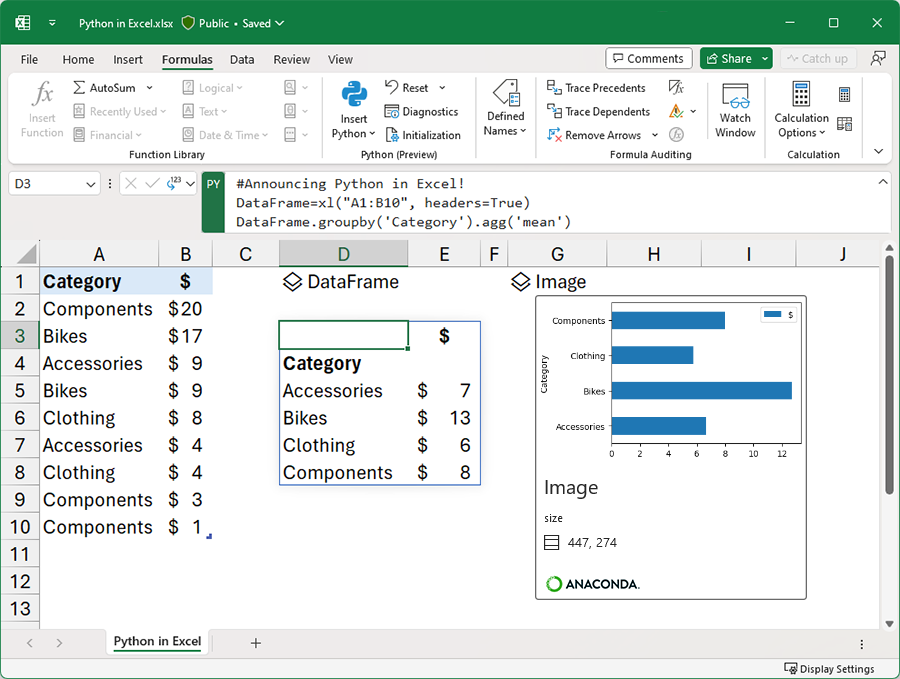
A key selling point of Python is its relative ease of use compared to other programming languages. It is also known as a powerful tool for manipulating large amounts of data and creating visualizations. Visual Basic for Applications (VBA), which is typically used to automate tasks within Microsoft apps, lacks the finesse of Python when it comes to data analysis.
Sign up today and you will receive a free copy of our Future Focus 2025 report - the leading guidance on AI, cybersecurity and other IT challenges as per 700+ senior executives
RELATED RESOURCE

Learn how you can automate processes across your bank to drive revenue and growth.
DOWNLOAD FOR FREE
Python also has many tens of thousands of libraries, which can be easily called to produce powerful functions, and this will partly carry over to Python in Excel.
Microsoft partnered with Anaconda, a popular provider of Python repositories used for data science, to run its data science and machine learning (ML) specific Anaconda Distribution in Azure.
It is through Anaconda that Python in Excel accesses some of the most commonly-used Python libraries including ‘pandas’ for data analysis, ‘seaborn’ and ‘Matplotlib’ for advanced data visualization, and statsmodels for statistical modeling.
Developers and data scientists who make use of more niche, open-source Python libraries that are not immediately available through Anaconda may struggle to perform their duties through the service.

Rory Bathgate is Features and Multimedia Editor at ITPro, overseeing all in-depth content and case studies. He can also be found co-hosting the ITPro Podcast with Jane McCallion, swapping a keyboard for a microphone to discuss the latest learnings with thought leaders from across the tech sector.
In his free time, Rory enjoys photography, video editing, and good science fiction. After graduating from the University of Kent with a BA in English and American Literature, Rory undertook an MA in Eighteenth-Century Studies at King’s College London. He joined ITPro in 2022 as a graduate, following four years in student journalism. You can contact Rory at rory.bathgate@futurenet.com or on LinkedIn.
-
 How the UK public sector could benefit from strategic channel partnerships
How the UK public sector could benefit from strategic channel partnershipsIndustry Insights Is the channel the answer to the growing cost vs budget problem facing the public sector?
-
 Microsoft wants to replace C and C++ with Rust by 2030
Microsoft wants to replace C and C++ with Rust by 2030News Windows won’t be rewritten in Rust using AI, according to a senior Microsoft engineer, but the company still has bold plans for embracing the popular programming language
-
 Microsoft Excel is still alive and kicking at 40 – and it's surging in popularity as 82% of finance professionals report ‘emotional attachment’ to the spreadsheet software
Microsoft Excel is still alive and kicking at 40 – and it's surging in popularity as 82% of finance professionals report ‘emotional attachment’ to the spreadsheet softwareNews A recent survey found Gen Z and Millennial finance professionals have a strong “emotional attachment” to Microsoft Excel
-
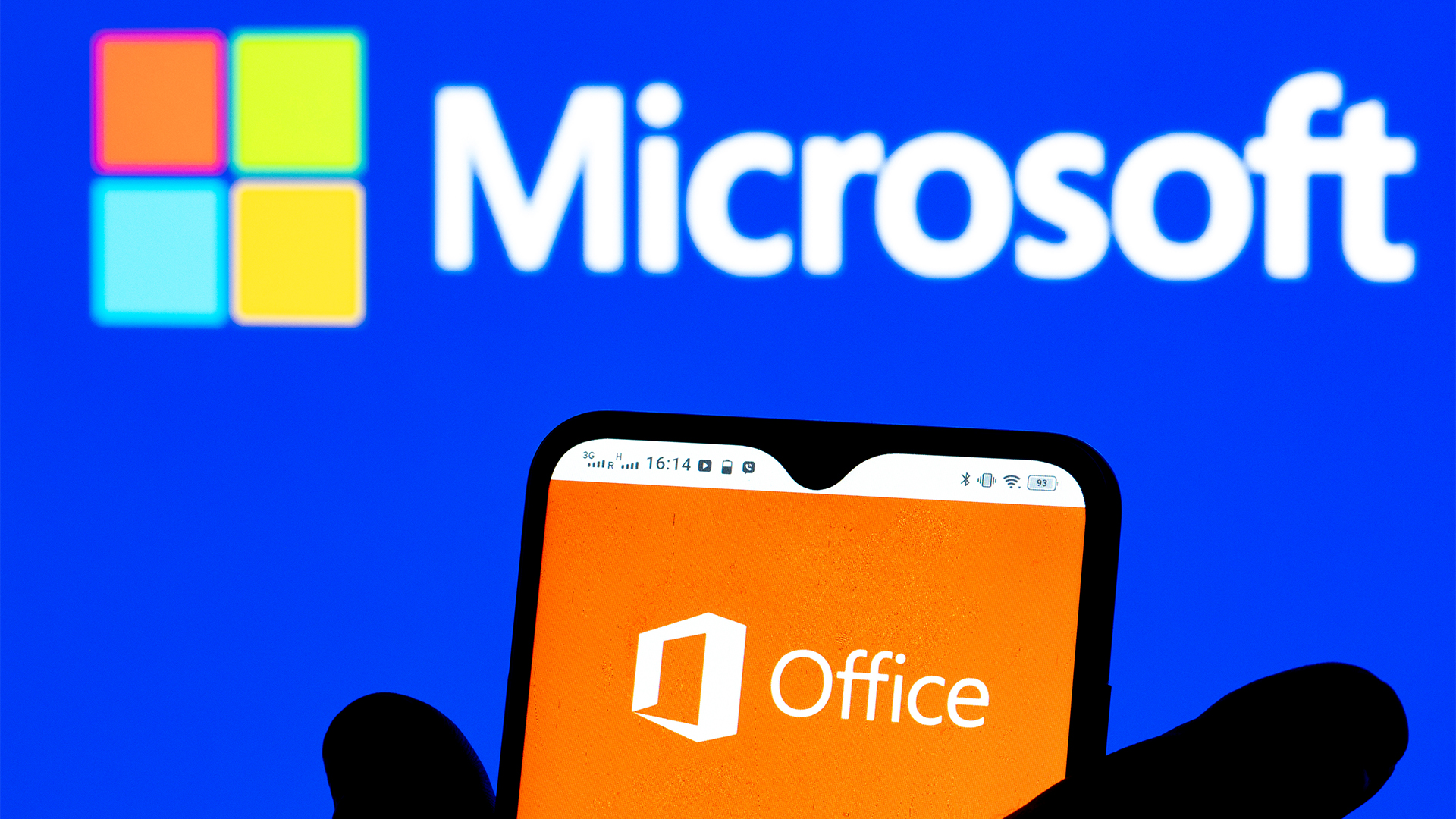 Microsoft Office 2016 and 2019 are heading for the scrapheap next month – but there could be a lifeline for those unable to upgrade
Microsoft Office 2016 and 2019 are heading for the scrapheap next month – but there could be a lifeline for those unable to upgradeNews The tech giant has urged Office 2016 and Office 2019 users to upgrade before the deadline passes
-
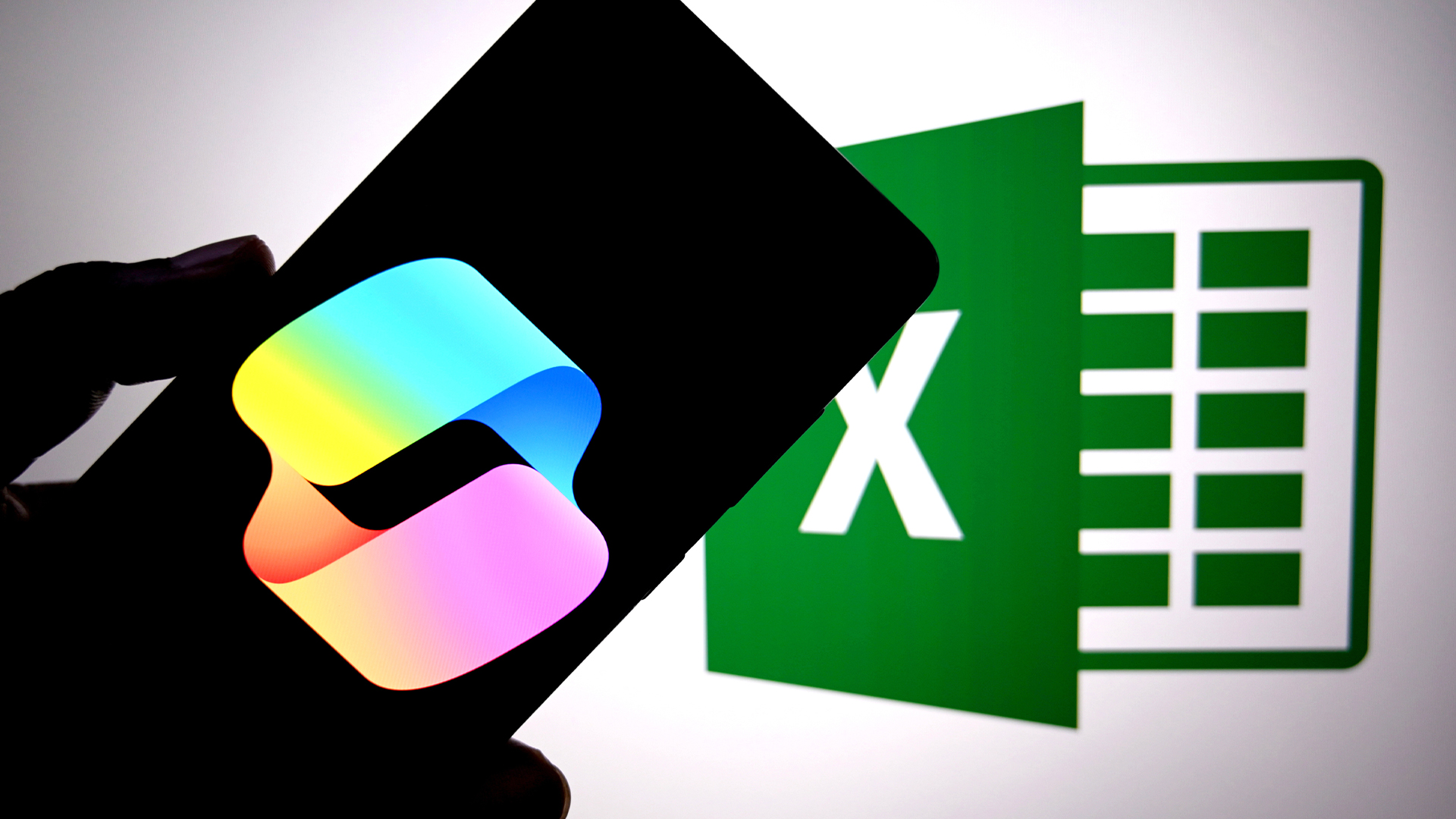 Microsoft touts new Copilot features in Excel, but says you shouldn’t use them if you want accurate results
Microsoft touts new Copilot features in Excel, but says you shouldn’t use them if you want accurate resultsNews Microsoft has warned against using new AI features in Excel for “tasks with legal, regulatory, or compliance implications” – so when can you use it?
-
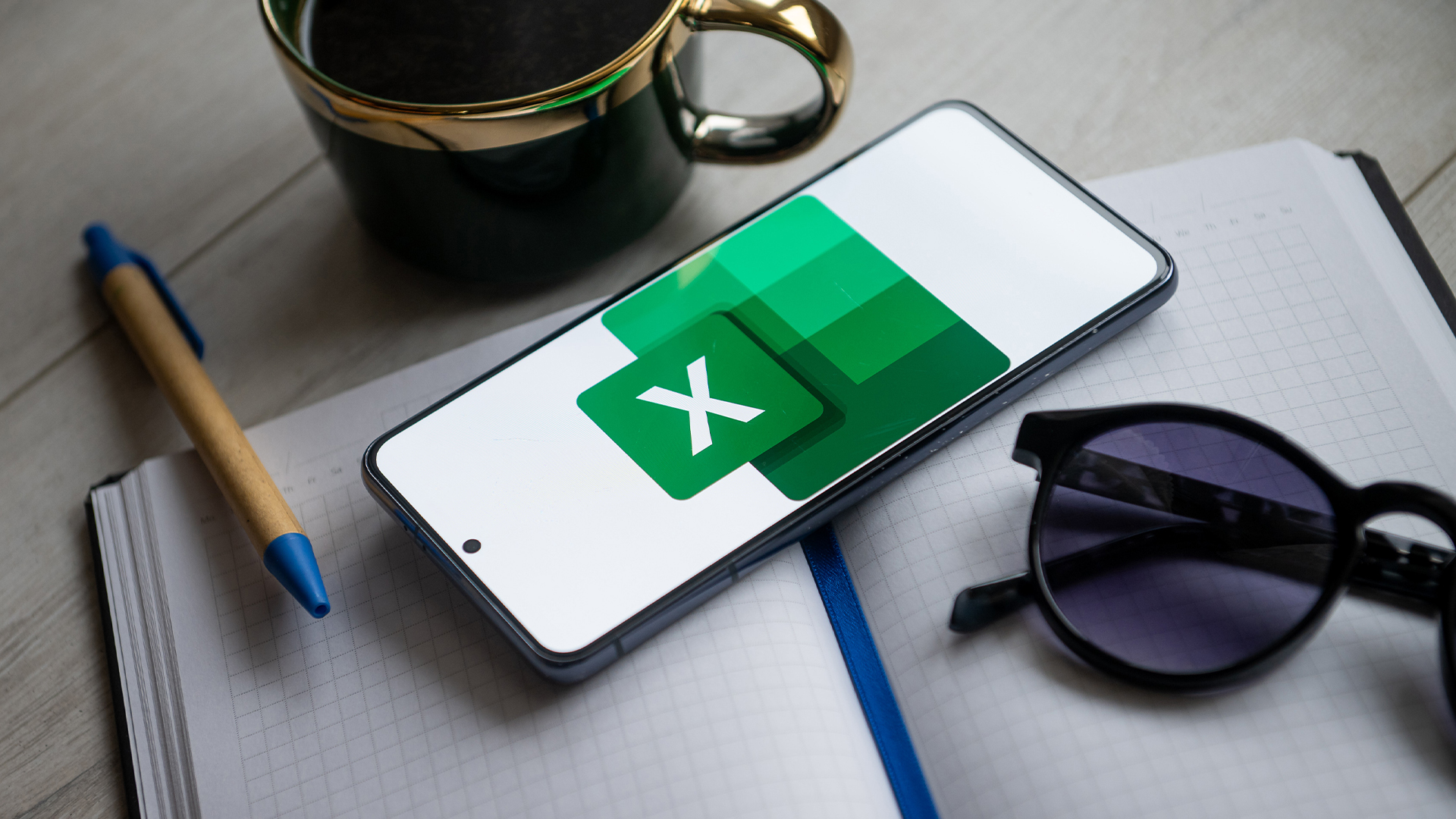 Excel for the web just got a big makeover – and it’s a lot easier to use
Excel for the web just got a big makeover – and it’s a lot easier to useNews Microsoft has updated the web version of Excel, adding a bunch of handy features that should make reading and editing spreadsheets a breeze
-
 Excel for iPad: Top 11 tips
Excel for iPad: Top 11 tipsTutorials Juggle your spreadsheets on the iPad with our guide to the Excel app
-
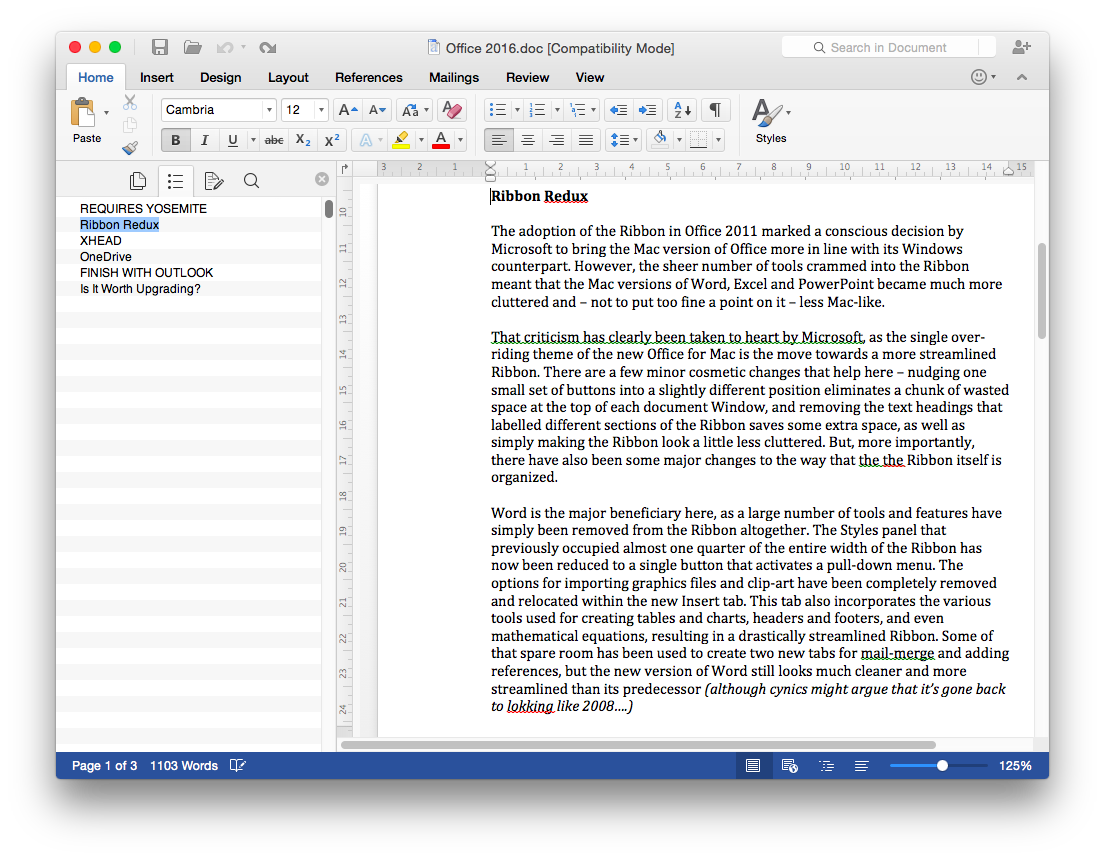 Microsoft Office for Mac Preview
Microsoft Office for Mac PreviewReviews A new Office for Mac, but is it worth upgrading to?
-
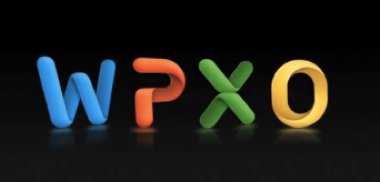 Microsoft Office 2011 for Mac review
Microsoft Office 2011 for Mac reviewReviews The latest version of Microsoft Office for the Mac is finally here, but is it worth upgrading? Read our reviews of each app to find out.
-
 Need to Know: Microsoft Office 2010 Beta
Need to Know: Microsoft Office 2010 BetaIn-depth Microsoft���s Office 2010 beta is now available for anyone to download and use. We explain what it’s all about.